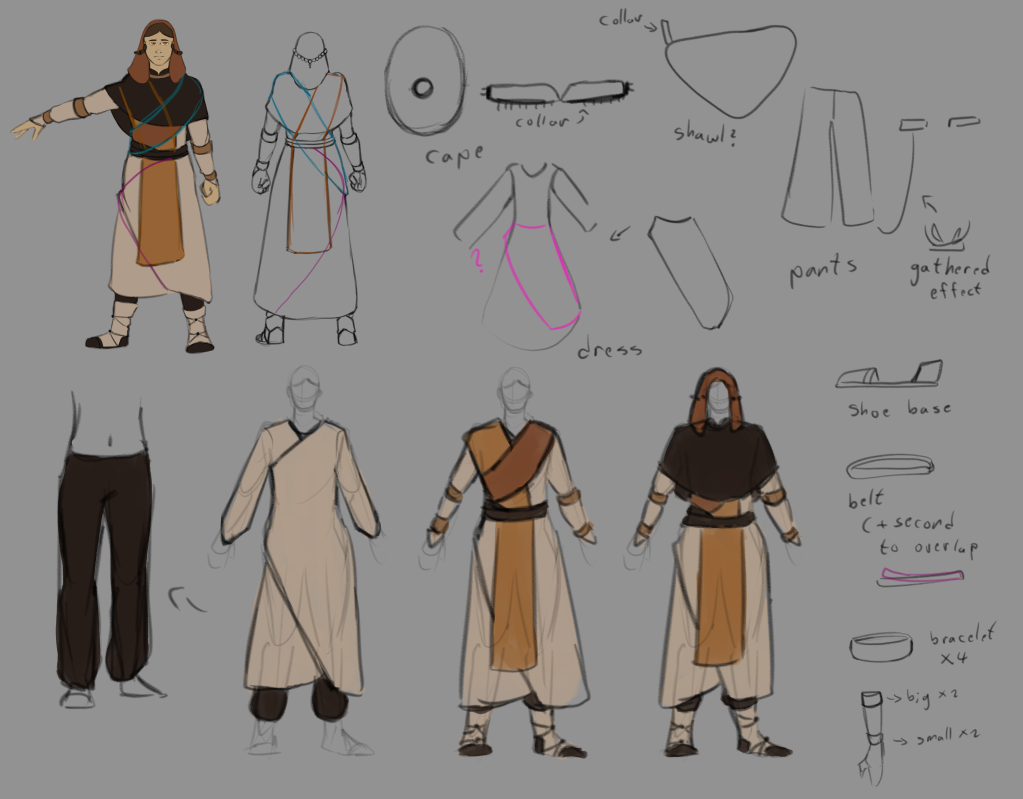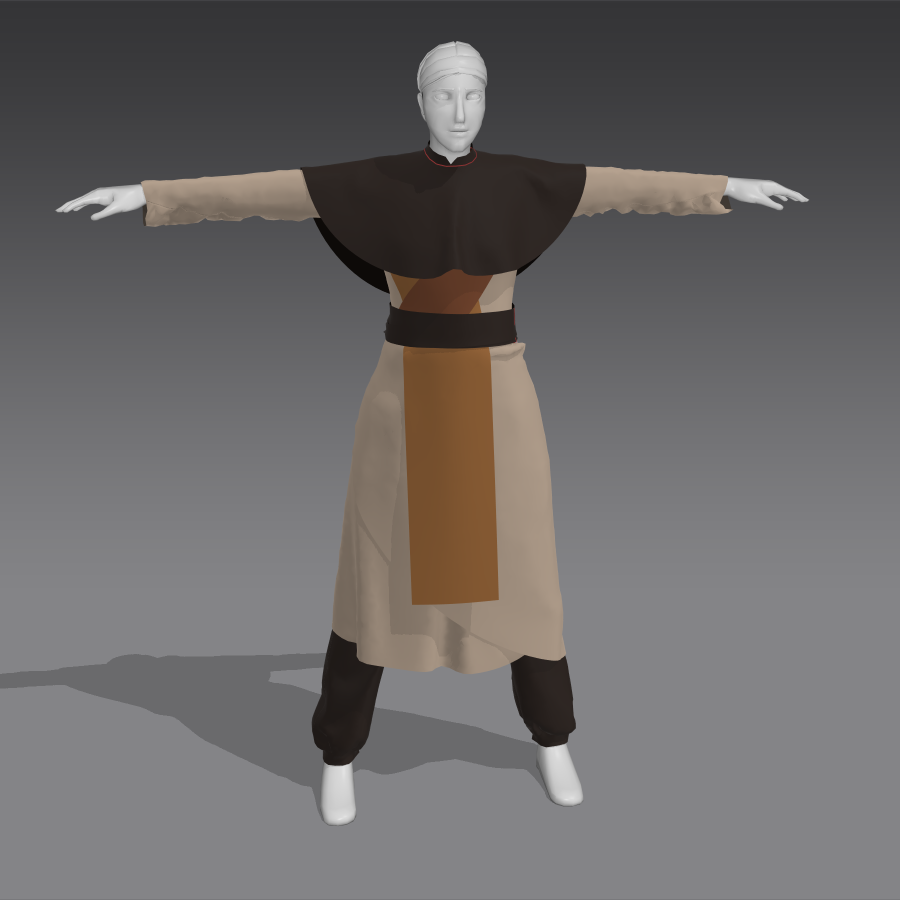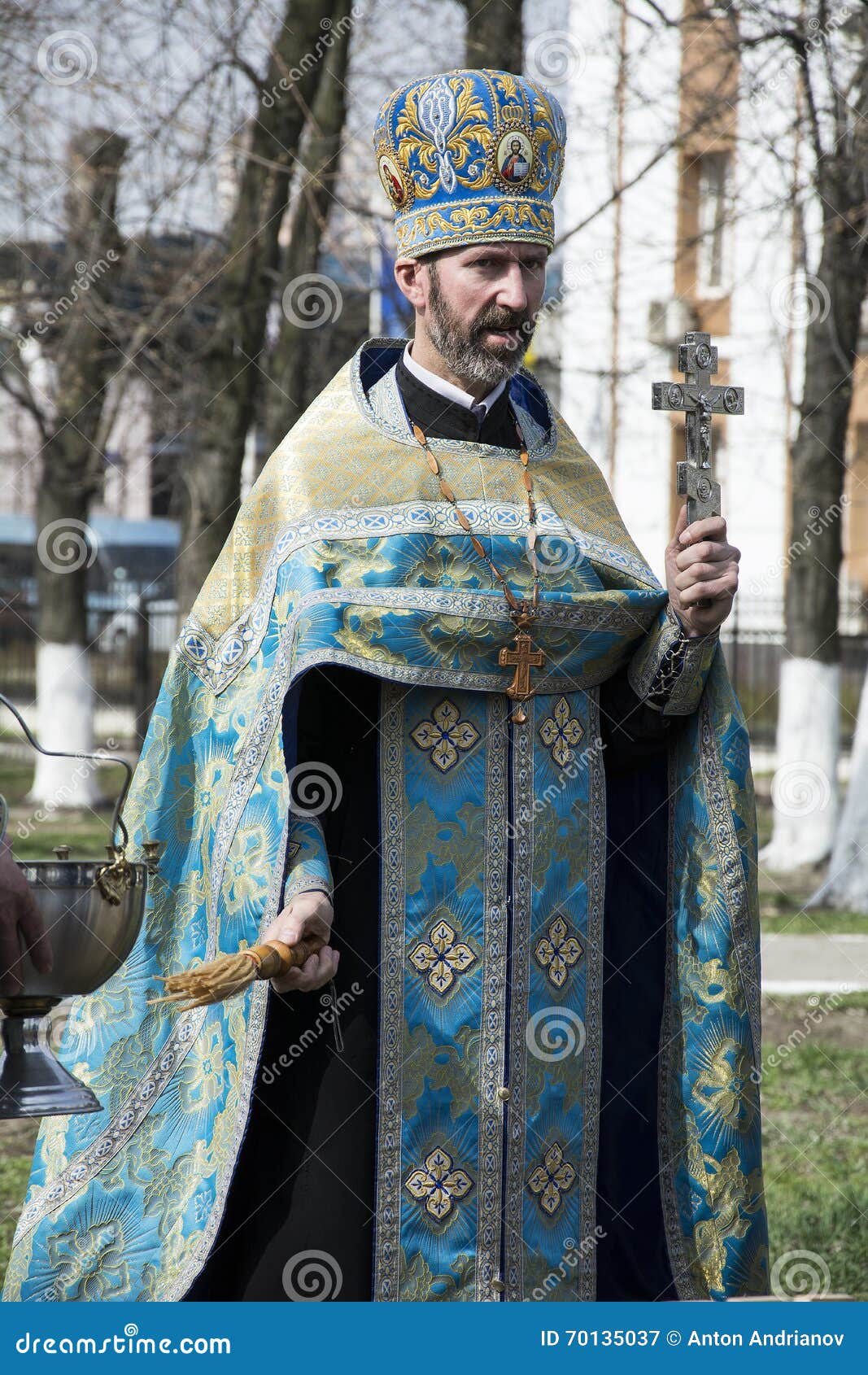For the environment, my initial sketch looked like this

I didn’t have a lot of time to make it, so I used a technique I don’t usually like using, because the end result looks less good in my opinion.
Mr Morris agreed and asked me to make another one, so this is the second version

It shows how things would be in a 3D space better than the first one, and is more clear on my plan. I wanted to have a rock path leading to the sunset in the background, with ruined stone walls enclosing the space. In the far background, I wanted to have a billboard forest, since I wanted it to mask the edges.
The general style of this environment was planned to be similar to my game from AND218, because my character in AND222 is the main character of the game.
I started similarly to the game, with a terrain object that I shaped to have a little bit of a dip in the middle. After resizing the terrain, the dip got more exaggerated and formed hills around the center, which wasn’t in the concept art, but I liked how they masked the edge of the world better, so I kept them.
I used a different grass texture, since the one from the game didn’t have too much detail. That didn’t end up mattering too much, since I discovered that because my terrain is this project is much smaller than the one in my game, it allowed me to have much denser grass, so the grass texture didn’t show up underneath.
For the rock path, I used the same texture as in the game. I liked the way the normal and height maps worked on it, so I didn’t see a reason not to use it.
For the stone walls, I used assets I found weeks ago originally for the game, but ended up not using. It had a curved stone wall that fit perfectly to what I wanted to have around the path.
For the billboard trees in the far distance, I used 3D prefabs in the end, since after making the game I realized it would look better compared to a billboard effect (I also don’t actually know how to make the billboard effect).
The skybox in the environment comes from the same pack as the one in my game, again because it worked well there, and I didn’t see a reason to find a different one.
My biggest issue was with the grass draw distance. I couldn’t change it to far enough that it rendered it all the way back, which created these patches that appeared and disappeared as the grass moved with the wind. In the end, I extended the path, and deleted the areas where the patches appeared manually. I don’t know if that will matter in the future, but it’s something I can easily change later on.
This is how it looks at this point

It is still a work in progress, but I think it already looks much better than my game, because I already knew a lot going into this. For the game, I had to learn everything from scratch.
There are issues with the ground having this ripple effect that I’m not sure how they appeared. Both the grass and the rock texture for the path are from the game, so I know they’re not supposed to look like that. Mr Morris suggested it might be a setting in the camera I’m using, and I’ll have to look more into it at another point in time.







































